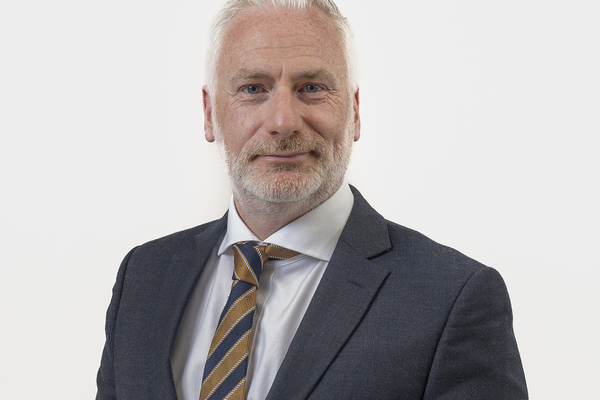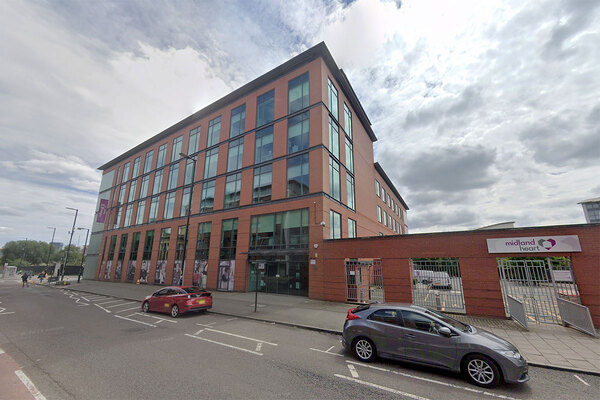You are viewing 1 of your 1 free articles
The Thinkhouse Review: an equal housing offer for all? Not yet
The housing sector often celebrates the diversity of its residents, but a series of recent reports suggest much more can be done, writes Riverside’s Emily Pumford in this month’s Thinkhouse Review of the latest housing research
Last month, 11 reports were submitted to the Thinkhouse website. There was a real variety in topics, from community-led housing, to the pandemic’s impact on digital life, to the Scotland 2021 Homelessness Monitor.
But my attention was immediately grabbed by the Joseph Rowntree Foundation (JRF) report What’s Causing Structural Racism in Housing?
The report focuses on how Black, Asian and minority ethnic (BAME) people in the UK face inequalities that lead them to disproportionately lack access to suitable and affordable housing.
Findings from the report are stark. They show that: more than a quarter of BAME working adults spend over a third of their income on housing, compared with just over one in 10 white workers; eight in 20 households affected by the benefit cap in England are BAME, despite BAME households representing only three in 20 of the total population; and all but one of the 10 most ethnically diverse local authorities in England outside London has a significantly higher rate of eviction possession claims than the 10 least diverse.
But these findings are not the result of direct discrimination, although this can be an additional barrier. They are a result of a long history of structural discrimination based on labour market inequalities, the design of the social security system and the immigration system.
With this report firmly in my mind, what struck me as I reviewed the other reports uploaded to the website was just how many picked up on inequalities in the housing system.
Good Homes for All shows that BAME households are overrepresented when it comes to living in poor-quality housing. It also highlights challenges and inequalities faced by older people, with over two million people aged 55 and over living in a home that endangers their health and well-being.
“The findings are a result of a long history of structural discrimination based on labour market inequalities, the design of the social security system and the immigration system”
Rethinking Housing Supply and Design argues that housing is a key site of gender and intersectional inequality, with design that does not accommodate diverse needs. The recommendations made in this report focus not only on carbon reduction and our environment, but also on the “social and physical aspects of inequality that structure our lives”.
The report from the Kerslake Commission, A New Way of Working: ending rough sleeping together, is another key example. Whilst the report focuses on homelessness and makes several recommendations on what is needed to embed the lessons learnt from the emergency response to rough sleeping during the pandemic, it also makes arguments for addressing unfairness and inequalities.
This report states that Black people are 3.6 times more likely to experience homelessness than all other ethnic groups and that, over the past five years, statutory homelessness has risen at a substantially higher rate amongst Asian and Black households than it has amongst white households. The reasons? Structural factors linked to socio-economic inequalities. BAME communities are more likely to be living in poverty, experience inadequate housing and be in insecure work.
But not only does this report discuss the issues faced by BAME communities in relation to housing and homelessness, it also shines a light on the barriers faced by other marginalised groups.
Young people, for example, frequently become homeless as a result of family relationship breakdown – with structural issues such as poverty and poor housing often playing a role. The report states that, along with women, young people are particularly likely to experience hidden homelessness and be less visible to services.
“More than half of LGBTQ+ young people have faced some sort of discrimination whilst accessing homelessness services”
Another reason young people become homeless is family rejection as a result of coming out as LGBTQ+, with LGBTQ+ youth significantly more likely to experience violence, sexual exploitation and health problems whilst homeless. Furthermore, the report states that more than half of LGBTQ+ young people have faced some sort of discrimination whilst accessing homelessness services.
All of these reports focus on different parts of the housing system, as well as the various other systems that sit on the periphery, but what is clear is that these systems are not working to meet the diverse needs of the people using them.
To quote from the JRF report, “these injustices are not inevitable”. They are instead the result of policy decisions and system design. For too long, these systems have taken a one-size-fits-all approach. As a sector, it is time to act.
We often celebrate the diversity of our customers, but these reports highlight how much more we can do.
We should be doing more research to understand the racial inequalities in society, we should be ensuring that women, children, BAME and LGBTQ+ people experiencing homelessness are offered the nuanced support they might need and we should be working to influence the government to create a housing system that works for everyone.
Emily Pumford, policy and strategy advisor, Riverside
Sign up for our Week in Housing newsletter
Already have an account? Click here to manage your newsletters













